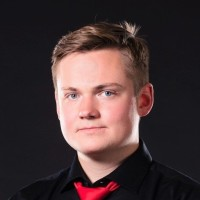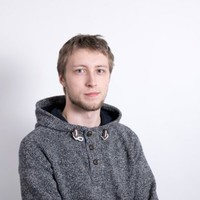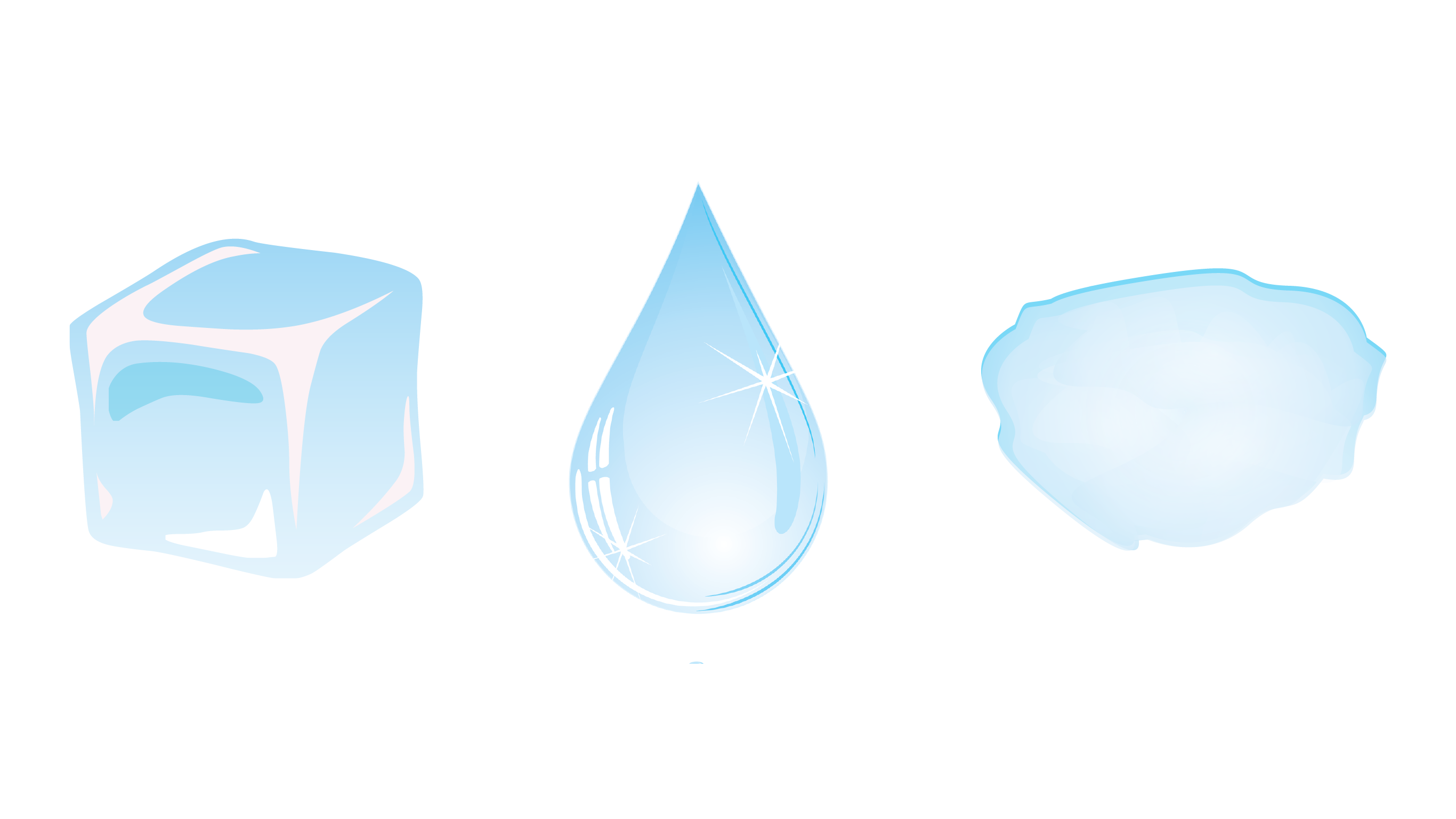
PARTICLE SPINNER
A states of matter game with a physical particle model

A states of matter game with a physical particle model
Thinking about showing the invisible, we started imaging different models of both large and tiny things. That is when we came up with the idea of simulating the movement of particles of different states of matter! And thus, Particle Spinner was born. The final result is an interactive particle model where you guide water through a 2D-game course
Through the magic of the Arduino, a hall-sensor, and Unity, we managed to create a tangible particle model of the states of matter. A wall was built using wood and equipped with a crank and a screen to display the game.
To tangibly represent an interactive mental model of the states of matter and the forces applied to the particles of that matter will hopefully provide a good learning experience while also providing a fun game with an unusual input.
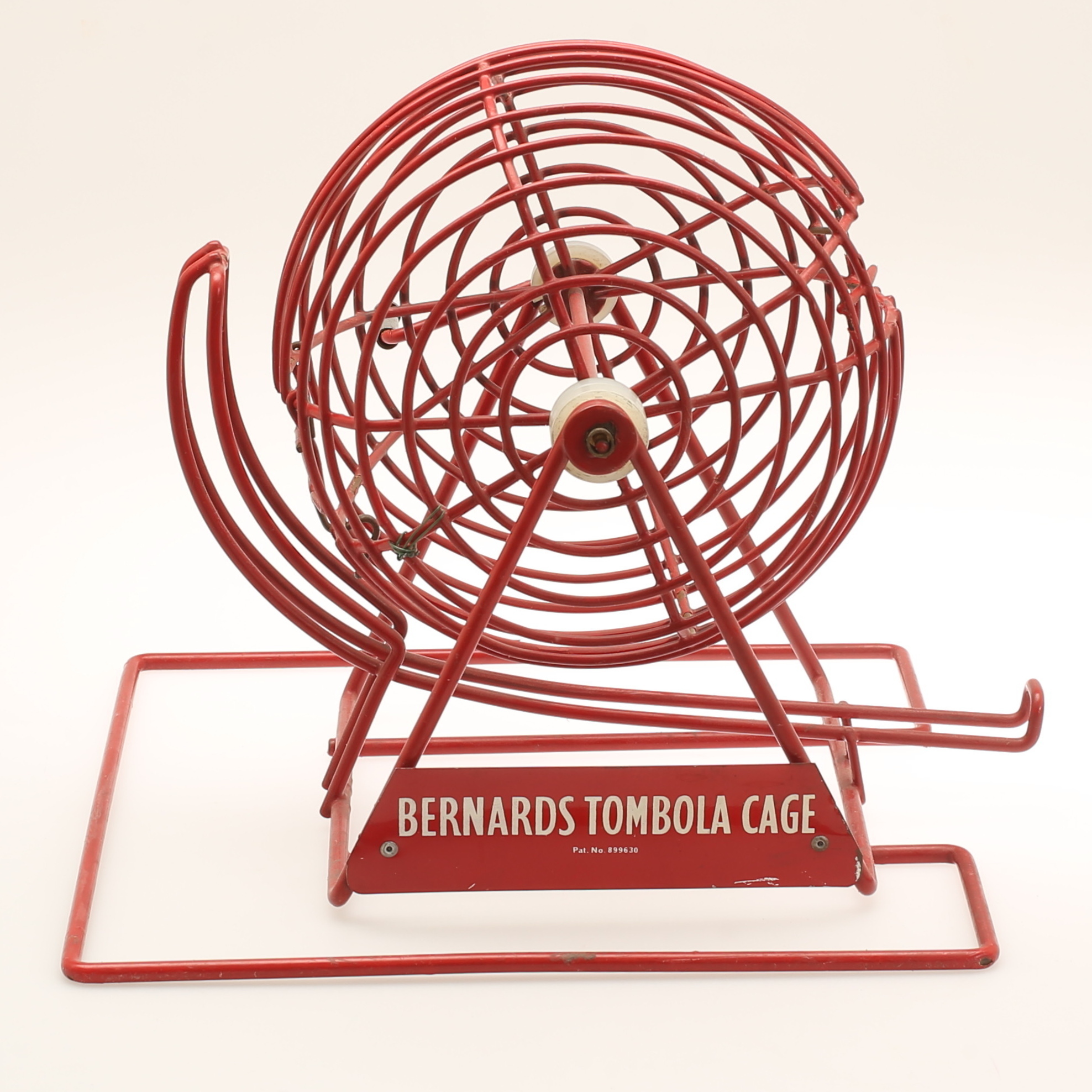
By brainstorming around different concepts of what is invisible in nature, we came up with three ideas, including our tombola full of particles.
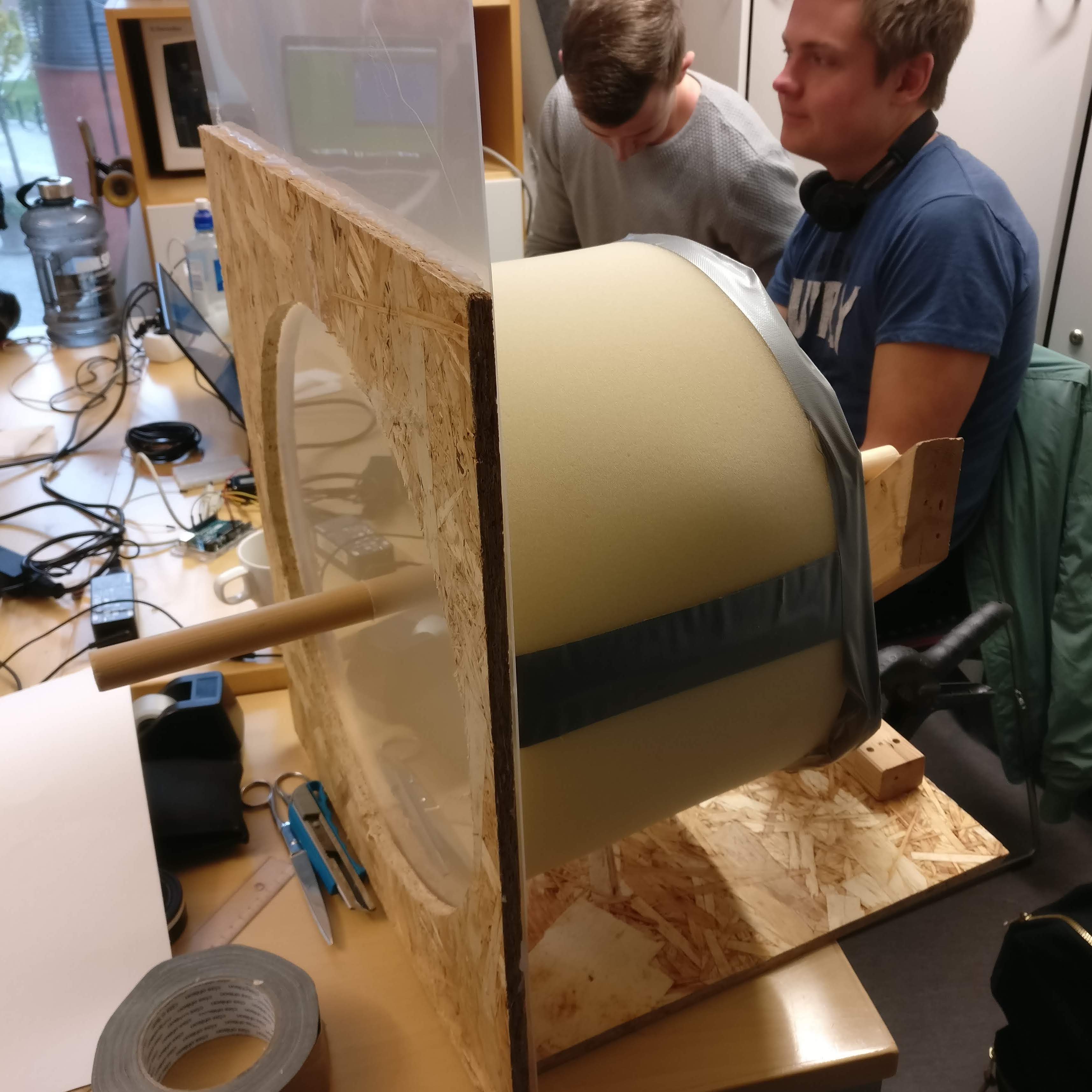
Once we had a rough idea of the concept, we started refining our idea and building a first lo-fi prototype of Particle Spinner. We also started to familiarize ourselves with the hardware needed for the final product.
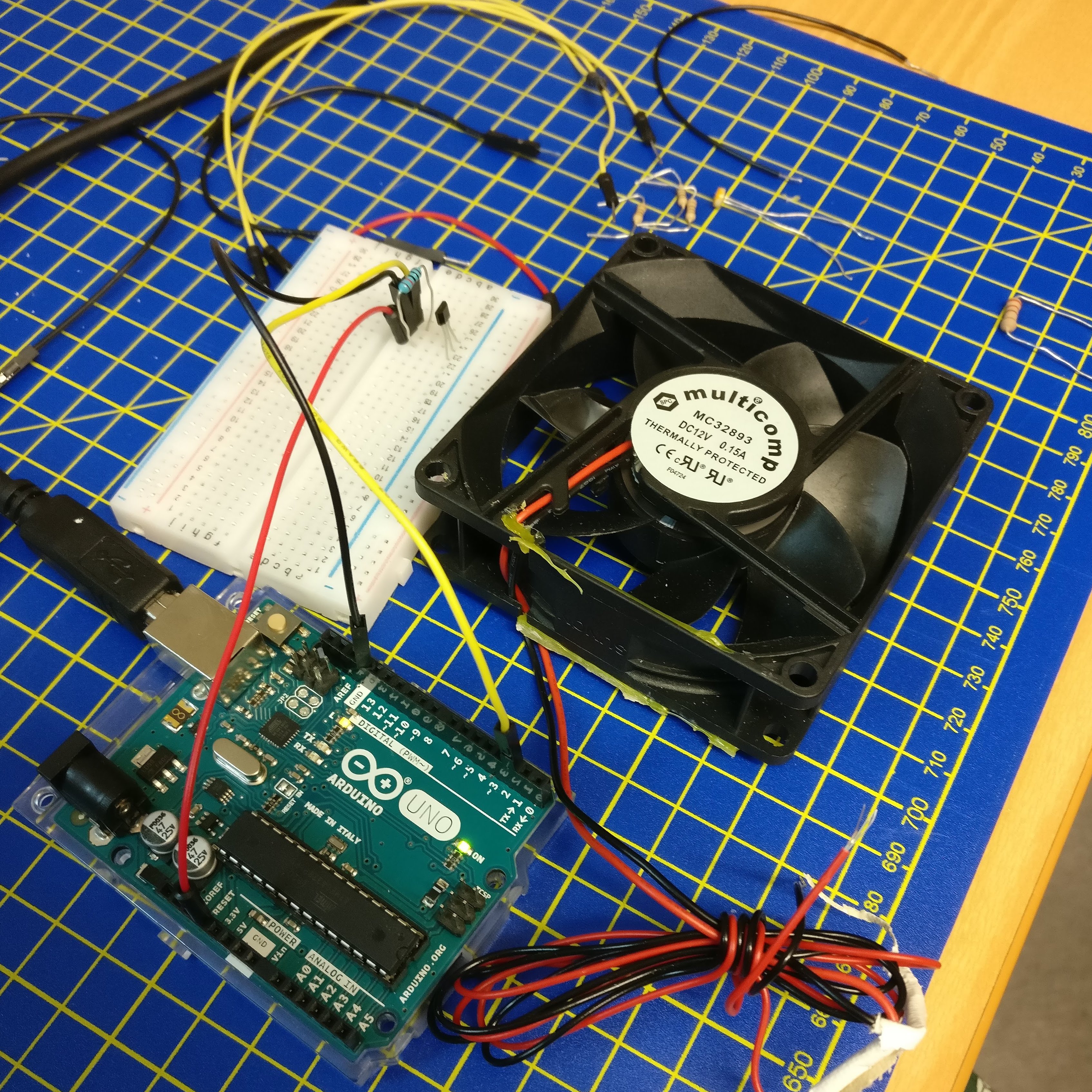
We continued with our prototype, refining it as we went along. By this time, we had also developed an RPS (rotations per second) program using a hall-effect sensor. This is also where we started working on the actual game component of Particle Spinner.
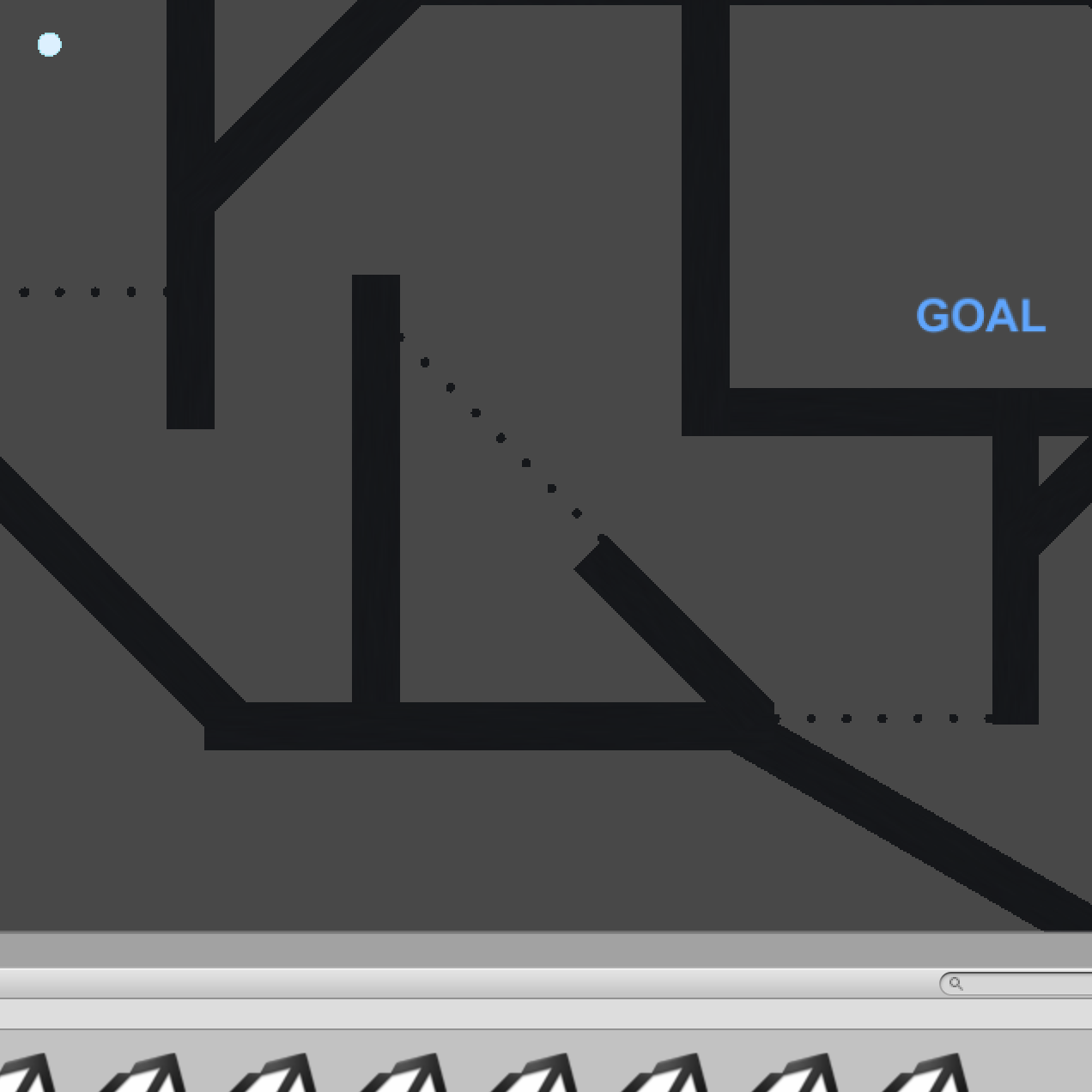
Iterating over our intitial design, we gradually started to develop a more refined prototype. The hardware and the game design took up a lot of our time, trying to perfect the experience as best we could (and also make it work the best we could)
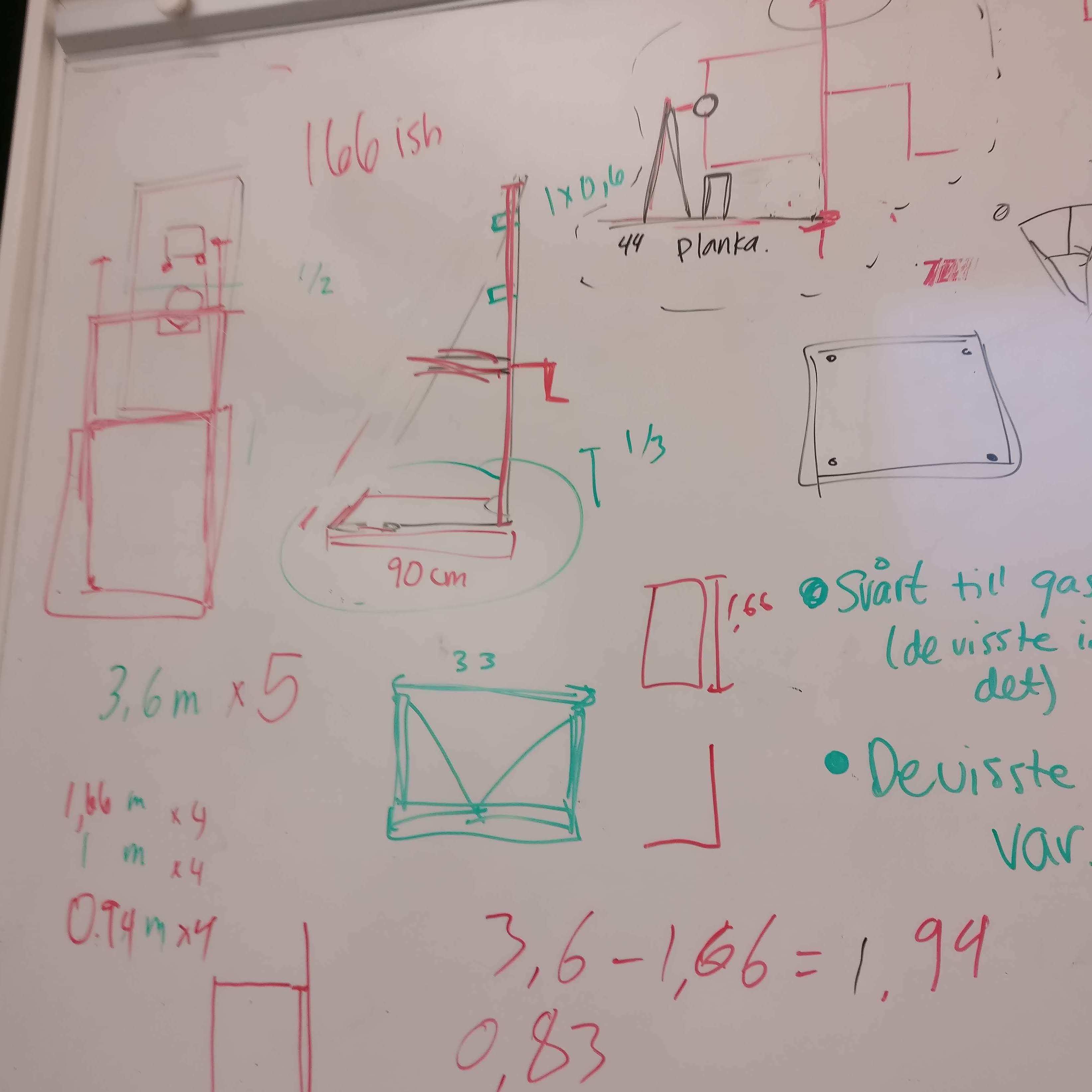
Until now we had focused a lot on the practical components of Particle Spinner, but here we started actually making a plan for the exhibition and forming a fuller understanding of our goal with the game.
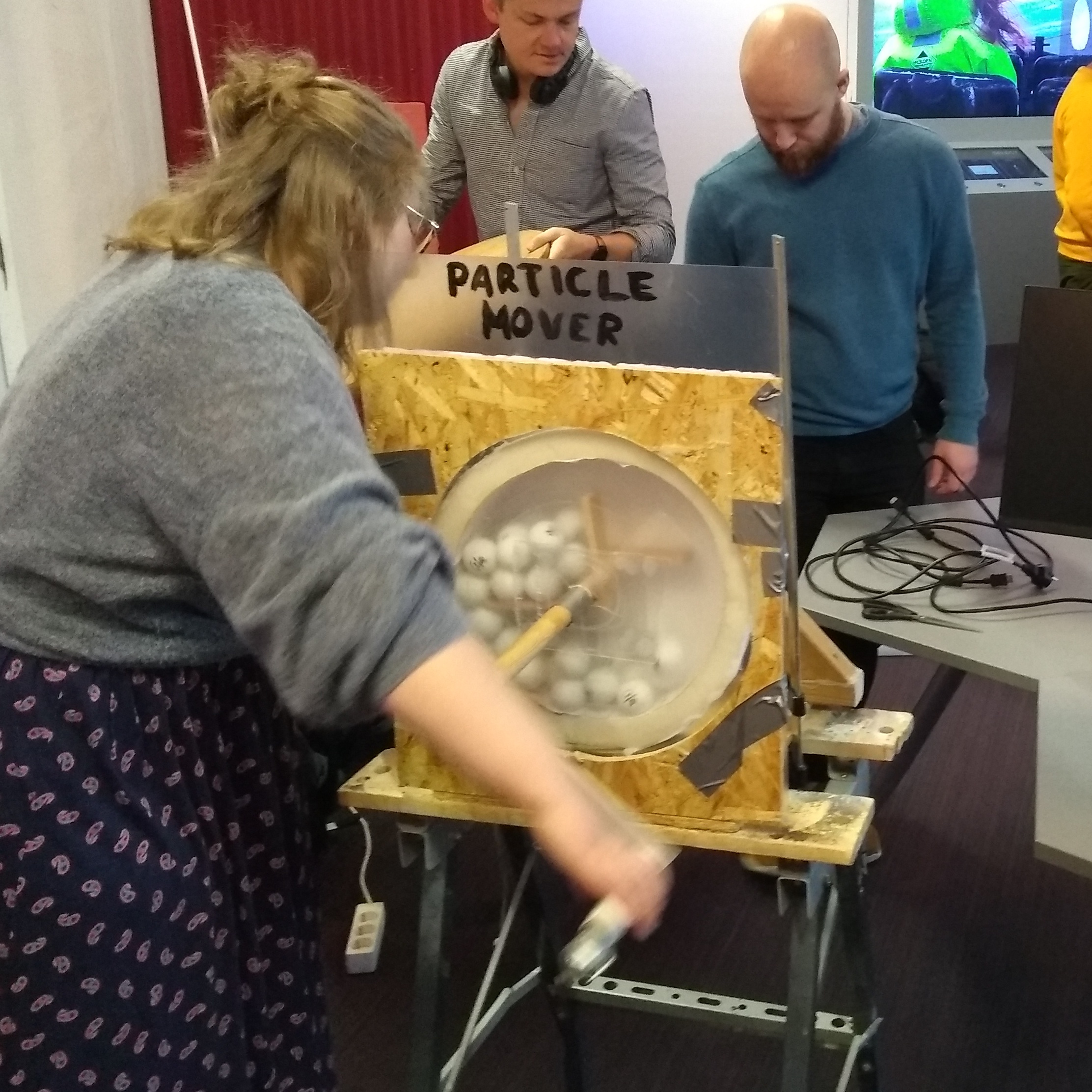
During week 7 we had the great opportunity of getting help from an 8th grade class with evaluating our prototype. A lot of insightful things came about from this session.
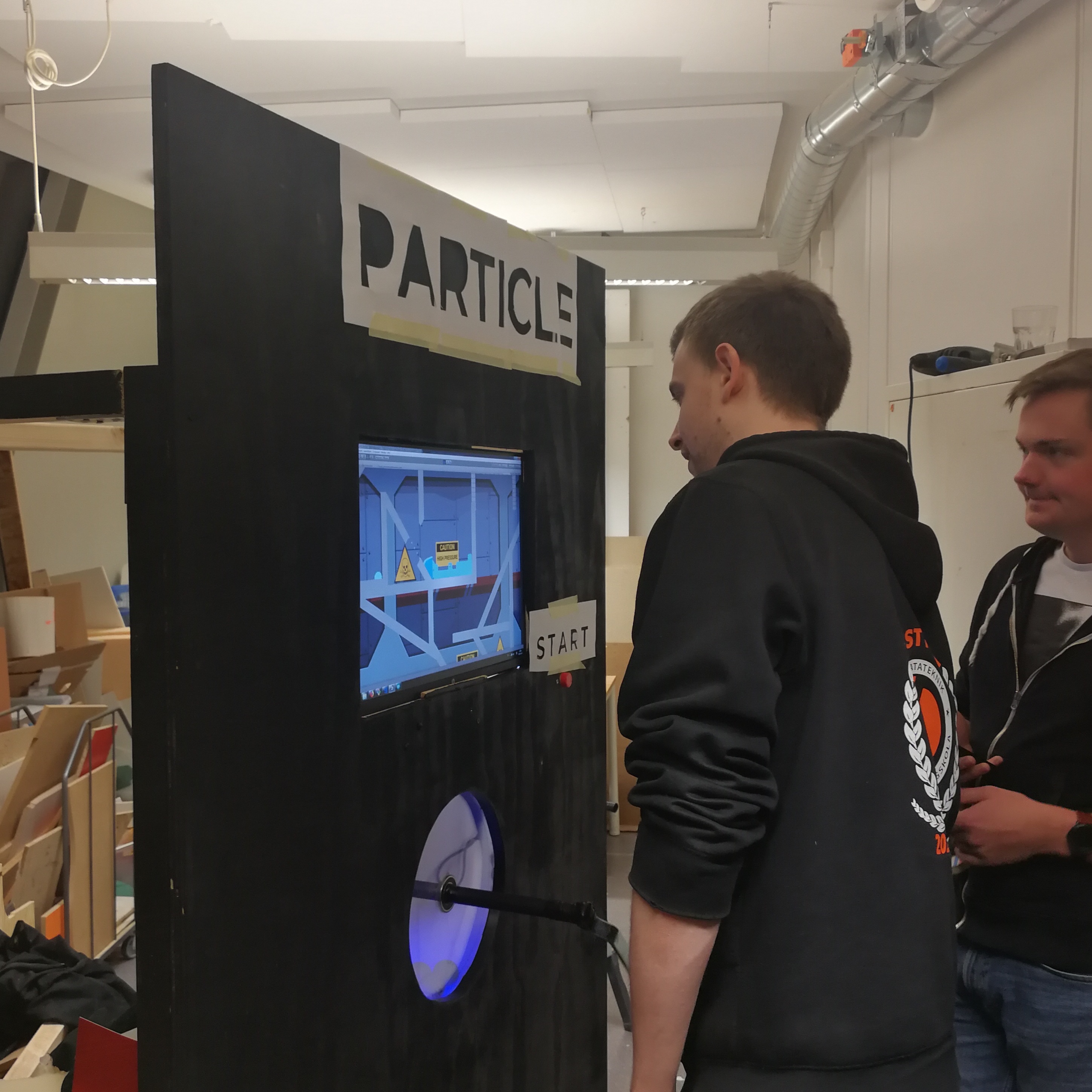
In the final week we worked long hours putting all of the components together to be presented at the IDXPO. Luckily, it seemed as though our hard work paid off since it came together nicely.

